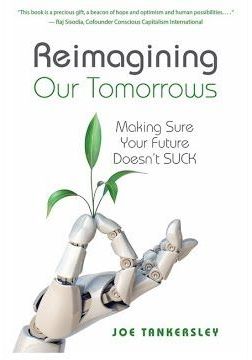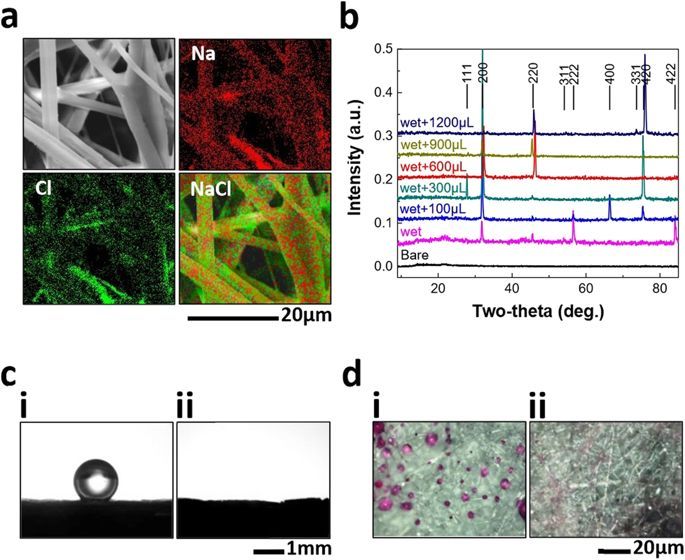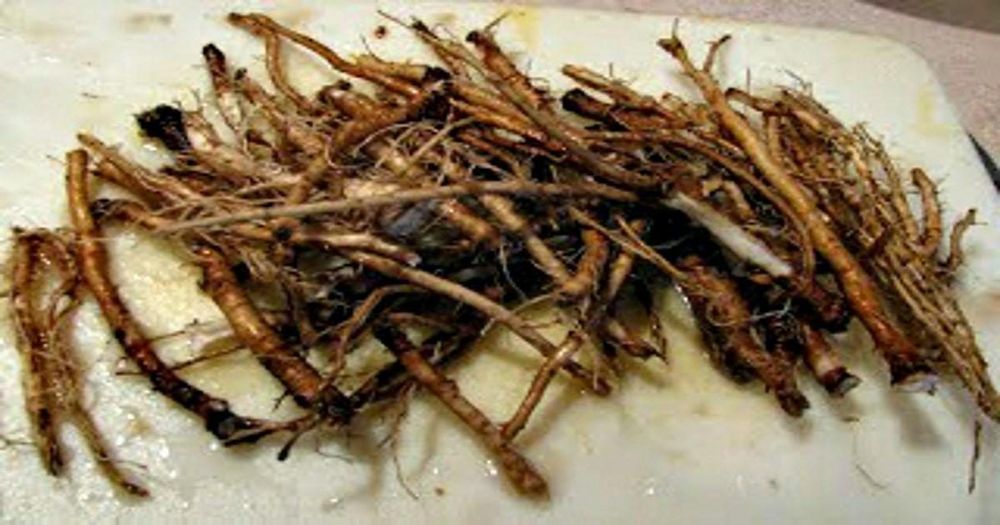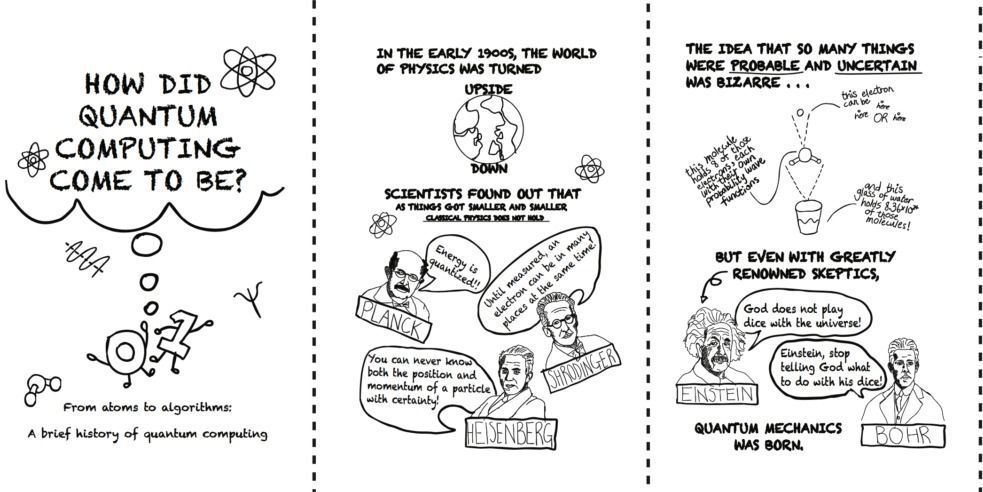Page 7957
Essentially you could at this point make a working protoss carrier o.o
Carriers are a late-game Protoss air unit that are the largest and most costly unit available for Protoss. Carriers are produced from the Stargate and requires a pre-existing Fleet Beacon. Carriers have the highest armor, health, and shields of the Protoss race. Their main advantages are their long range and mobility in combat; this potentially incredibly long range is especially notable as unique among Protoss units. On the other hand, their raw attack power is rather low for their price. Perhaps their greatest use is in extreme late-game where their supply efficiency for their staying power is usable, much like Battlecruisers; however, they are hard-countered by the latter since they make volleys of low-damage attacks and due to the Yamato Gun.
Carriers themselves do not, in fact, possess any attack, but like Reavers build and transport unique units –Interceptors in this case- to much the same effect. A Carrier does not come equipped with any Interceptors when first warped in, so it must construct them individually, adding quite a deal of cost and build time to the finished unit. Unlike the Reaver’s Scarabs, however, the units it builds do not immediately sacrifice themselves to attack but attack as would another unit stacking up on a target that it “fires” at until recalled at which point they may still be used again. While targetable, expensive and fairly weak individually Interceptors move quickly around targets, potentially out of range, and can recharge shields instantly upon being recalled meaning they can overwhelm targeted forces (although potentially very, very slowly). Interceptors are all destroyed if the Carrier itself is destroyed.
Jan 31, 2020
Space-warping star system proves Einstein’s general theory of relativity right. Again
Posted by Genevieve Klien in category: space
Astronomers have discovered a spinning star dragging the very fabric of spacetime at the centre of a unique cosmic laboratory.
Jan 31, 2020
Severe ‘Perfect 10.0’ Microsoft Flaw Confirmed: ‘This Is A Cloud Security Nightmare’
Posted by Genevieve Klien in category: security
This patched critical flaw is the first remote code execution threat to a major cloud platform, undermining the security layers that isolate shared resources.
Jan 31, 2020
People with schizophrenia have reduced brain connections
Posted by Paul Battista in category: neuroscience
Jan 31, 2020
Universal and reusable virus deactivation system for respiratory protection
Posted by Omuterema Akhahenda in category: biotech/medical
Aerosolized pathogens are a leading cause of respiratory infection and transmission. Currently used protective measures pose potential risk of primary/secondary infection and transmission. Here, we report the development of a universal, reusable virus deactivation system by functionalization of the main fibrous filtration unit of surgical mask with sodium chloride salt. The salt coating on the fiber surface dissolves upon exposure to virus aerosols and recrystallizes during drying, destroying the pathogens.
- Article
- Open Access
- Published: 04 January 2017
- Fu-Shi Quan 1 na1, <li class=”” itemprop=“author” itemscope=“itemscope” itemtype=“http://schema.[/ul>.
Jan 31, 2020
Stratos II: Propulsion Static Test 3 — 15 seconds, early cut-off (12−06−2013)
Posted by Quinn Sena in category: particle physics
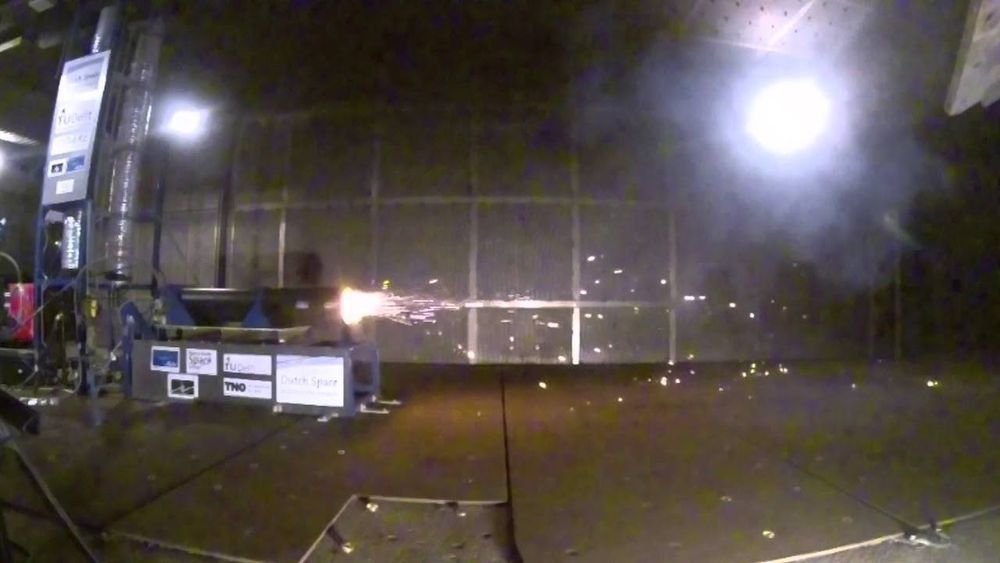
On 12. June 2013 the third test fire of the DHX-200 “Aurora” hybrid rocket motor took place at the facilities of TNO. The Aurora motor will power the Stratos II rocket and utilizes nitrous oxide as oxidizer and a fuel combination of sorbitol, paraffin wax, and aluminium particles as fuel.
The motor was intended to be fired for 15 seconds after the successful 10 second test earlier this day but was shutdown prematurely at around 6 seconds after the combustion chamber showed local structural failure.
The sequence involves the following steps:
T — 4s : Nitrous Oxide bypass flow initiated
T — 3s : Ignition pulse for pyrotechnic igniter
T 0s : Main valve open
T + 6s : Main valve closed (safety precaution)
T + 15s : Scheduled motor cut-off
Continue reading “Stratos II: Propulsion Static Test 3 — 15 seconds, early cut-off (12-06-2013)” »
Using digital ai generated medicines plus human on a chip systems you could get new medicines out not in years but hours.
The next generation of MOC design at TissUse aims for a Human-on-a-Chip, increasing the number of interconnected organs toward acceptable organismal complexity. This number of organs is supposed to be efficient to provide human organismal homeostasis, sufficiently flexible for diverse disease modelling and to bear the potential of ultimately replacing animal models for systemic substance testing.
Jan 31, 2020
Dandelion Root Kills 98% of Cancer Cells in 48 Hours?
Posted by Quinn Sena in category: biotech/medical
O.o circa 2016.
Dandelion root is being studied for possible anti-cancer properties, but there’s absolutely no proof it kills “98 percent of cancer cells in 48 hours.”
Jan 31, 2020
Looking for Light Reading? NSF-backed ‘Comic Books’ Tackle Quantum Computing
Posted by Kaiser Matin in categories: computing, education, humor, quantum physics
Still baffled by quantum computing? How about turning to comic books (graphic novels for the well-read among you) for some clarity and a little humor on QC. The National Science Foundation has done just as part of its EPiQC (Enabling Practical-scale Quantum Computing) program. So far eight Zines have been created with more to come.
Comic books offer approachable ways to convey both humor and information. One might think that comic books would not be able to convey complex information like the ideas behind QC. In this case, one would be wrong, at least for one as creative as the University of Chicago s Diana Franklin, as part of the National Science Foundation (NSF) funded https://www.epiqc.cs.uchicago.edu/”>EPIQC Expedition in Computing, wrote Mark Hill of the University of Wisconsin-Madison in a recent blog for Computing Community Consortium, run by NSF.
In particular, Diana and colleagues have developed eight, with more coming, https://www.epiqc.cs.uchicago.edu/zines”>zines that are comic-book-like pamphlets obtained by printing and folding a single sheet of paper. The topics include quantum notation, superposition, and history. In my humble opinion, these are great examples of the synergy possible with research and education done together. Enjoy! .
